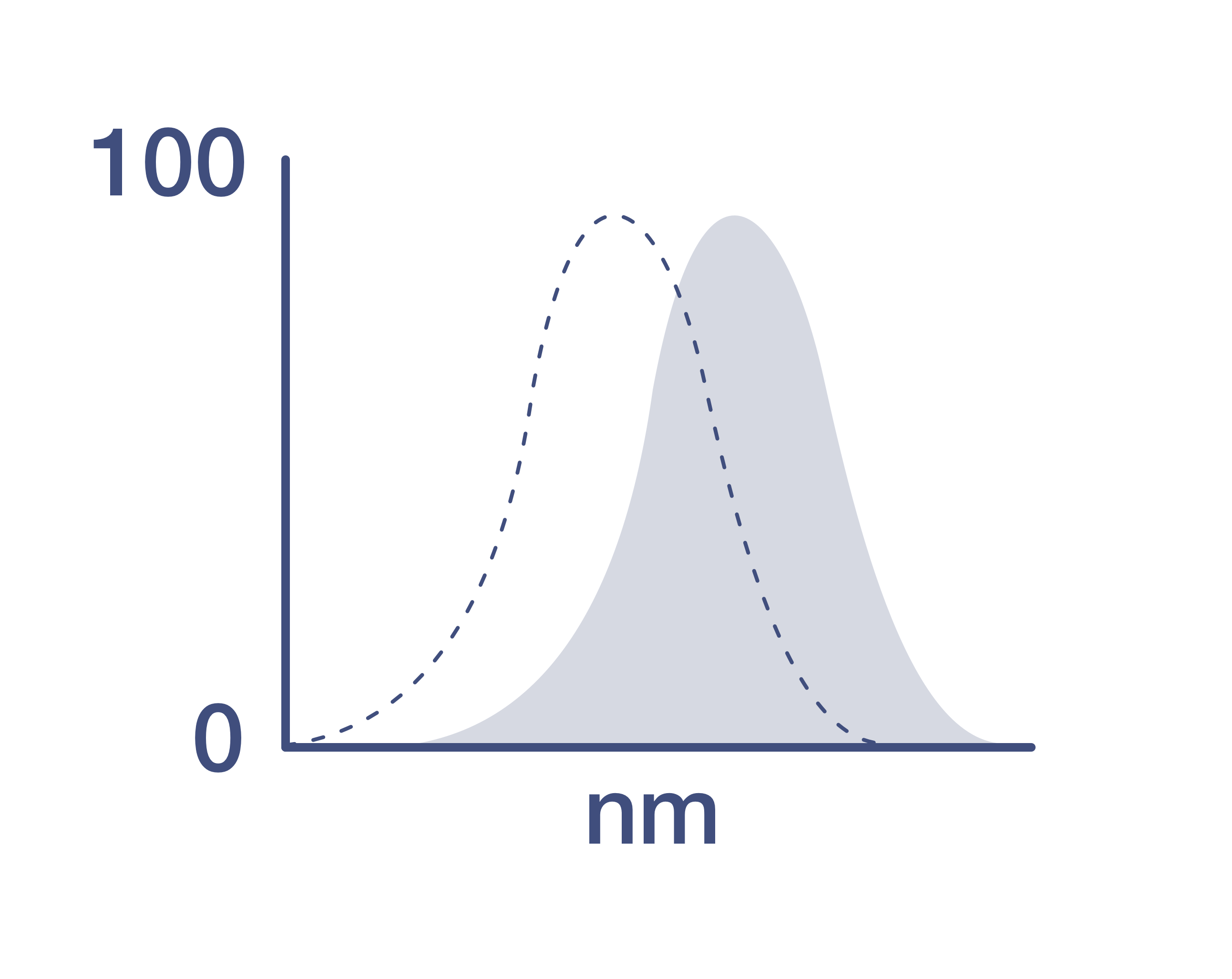Search Thermo Fisher Scientific
Invitrogen
CD180 (RP105) Monoclonal Antibody (RP/14), PE, eBioscience™
{{$productOrderCtrl.translations['antibody.pdp.commerceCard.promotion.promotions']}}
{{$productOrderCtrl.translations['antibody.pdp.commerceCard.promotion.viewpromo']}}
{{$productOrderCtrl.translations['antibody.pdp.commerceCard.promotion.promocode']}}: {{promo.promoCode}} {{promo.promoTitle}} {{promo.promoDescription}}. {{$productOrderCtrl.translations['antibody.pdp.commerceCard.promotion.learnmore']}}
Product Details
12-1801-81
Species Reactivity
Published species
Host/Isotype
Recommended Isotype Control
Class
Type
Clone
Conjugate
Excitation/Emission Max
Form
Concentration
Purification
Storage buffer
Contains
Storage conditions
Shipping conditions
RRID
Product Specific Information
Description: The RP/14 monoclonal antibody reacts with mouse CD180 (RP105). This 105 kDa type I transmembrane molecule is a member of the TLR family of proteins characterized by an extracellular domain with leucine-rich repeats and a cytoplasmic domain with homology to the type I IL-1 receptor. RP105 physically associates with another molecule called MD-1 and is expressed on mature B cells, monocytes/macrophages and dendritic cells. Ligation of RP105 with RP/14 protects B cells from irradiation- or dexamethasone-induced apoptosis, and drives them to proliferate. B cells activated by RP105-ligation arrest their growth and undergo apoptosis when the antigen receptor is engaged. The RP105/MD-1 complex in concert with TLR4 mediates B cell recognition and signaling of LPS. Thus, RP105 is a signal transduction molecule and plays a role in regulation of B cell growth and death.
Applications Reported: The RP/14 antibody has been reported for use in flow cytometric analysis.
Applications Tested: The RP/14 antibody has been tested by flow cytometric analysis of mouse splenocytes. This can be used at less than or equal to 0.125 µg per test. A test is defined as the amount (µg) of antibody that will stain a cell sample in a final volume of 100 µL. Cell number should be determined empirically but can range from 10^5 to 10^8 cells/test. It is recommended that the antibody be carefully titrated for optimal performance in the assay of interest.
Excitation: 488-561 nm; Emission: 578 nm; Laser: Blue Laser, Green Laser, Yellow-Green Laser.
Filtration: 0.2 µm post-manufacturing filtered.
Target Information
CD180 (RP105, Bgp95, LY64) is a type I membrane glycoprotein of Toll-like receptor (TLR) family. CD180 cytoplasmic tail is short and unlike the TLRs, it lacks the TIR domain. CD180 expression is dependent on the coexpression of its helper molecule, MD-1, and mirrors that of TLR4 on antigen-presenting cells. CD180 regulates recognition of LPS and signaling in B cells, via interacting directly with the TLR4 signaling complex, inhibiting its ability to bind microbial ligands. Ligation of CD180 by monoclonal antibodies leads to B cell activation, upregulation of CD80/CD86, and increase in cell size. CD180 consists of extracellular leucine-rich repeats (LRR) and a short cytoplasmic tail. The extracellular LRR is part of the cell surface receptor complex, RP105/MD-1. Diseases associated with CD180 dysfunction include Kawasaki Disease in children and may play a role in rheumatic disease pathology.
For Research Use Only. Not for use in diagnostic procedures. Not for resale without express authorization.
How to use the Panel Builder
Watch the video to learn how to use the Invitrogen Flow Cytometry Panel Builder to build your next flow cytometry panel in 5 easy steps.
Bioinformatics
Protein Aliases: CD180; CD180 antigen; Ly-78; Lymphocyte antigen 78; MGC126233; MGC126234; Radioprotective 105 kDa protein
Gene Aliases: Cd180; F630107B15; Ly78; RP105
UniProt ID: (Mouse) Q62192
Entrez Gene ID: (Mouse) 17079

Performance Guarantee
If an Invitrogen™ antibody doesn't perform as described on our website or datasheet,we'll replace the product at no cost to you, or provide you with a credit for a future purchase.*
Learn more
We're here to help
Get expert recommendations for common problems or connect directly with an on staff expert for technical assistance related to applications, equipment and general product use.
Contact tech support
-Flow-20170216130641.jpg?time=20250104)
-Flow-20170216130641.jpg?time=20250104)

